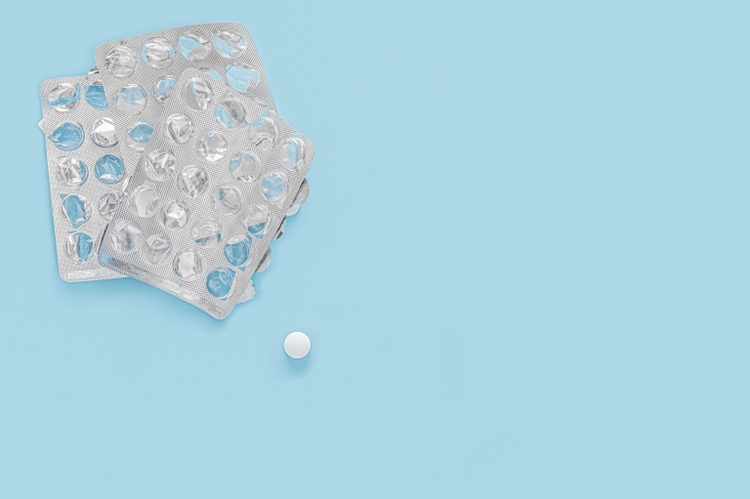Pavel Muravev/iStock via Getty Images The drug shortages in the U.S. have worsened to hit the highest in a decade last year, with 125 active drug shortages monitored by the FDA at the end of 2023, according to a new industry report.
The severity of drug shortages has also worsened, lasting longer over the years, the independent medical standard developer US Pharmacopeia said in its inaugural drug shortages report last week. According to the Rockville, Maryland-headquartered nonprofit, the drug shortages lasted an average of more than three years in 2023, compared to about two years in 2020. Almost a quarter (27) of the 125 drugs in shortage as of 2023 year-end had been in shortage for more than five years.

Meanwhile, shortages for treatments such as epinephrine injections and lidocaine hydrochloride injections have lasted over ten years. Source: USP Drug Shortage Report According to USP, drug shortages have a widespread impact, affecting various medical specialties with no disproportionate effect on a specific therapeutic class. However, cheaper medicines were more likely to be in short supply.
USP data suggest that most medicines, including more than 50% of injectables in shortage, cost less than $5, while 66% of solid oral drugs in shortage cost $3 or less. Injectable medicines have accounted for a significant portion of shortages over the years, including in 2023, when generic sterile injectables represented more than 53% of newly monitored shortages. In 2023, the average .























